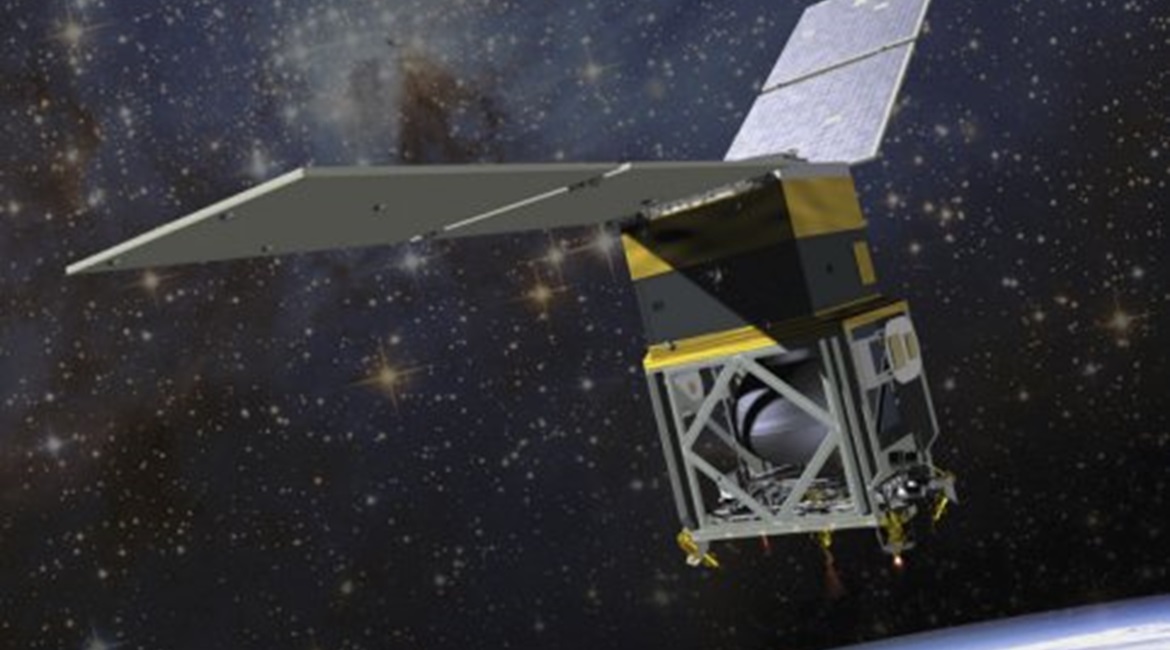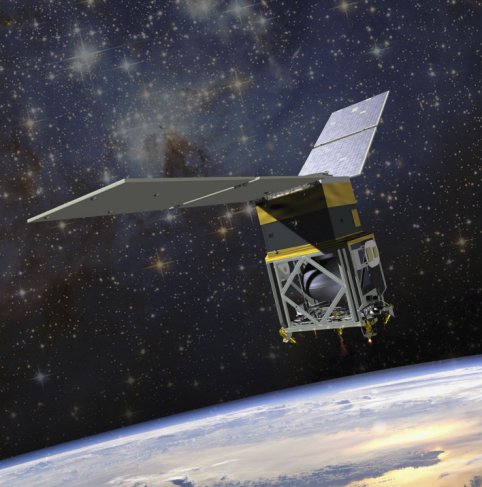
The US Air Force is set to begin demonstrating its newly developed non-toxic satellite propellant following the successful launch of Ball Aerospace’s Green Propellant Infusion Mission (GPIM) compact small satellite on 25 June.
Launched as part of the USAF’s Space Test Program-2 (STP-2) mission, the Air Force Research Laboratory’s (AFRL’s) Advanced Spacecraft Energetic Non-Toxic Propellant (ASCENT) will undergo a 13-month on-orbit demonstration as part of a national effort to develop safer and better performing propulsion fuels.
Powered by this non-toxic propellant, Aerojet Rocketdyne’s propulsion system will enable the spacecraft to execute and demonstrate orbital manoeuvres in space, such as attitude control manoeuvres, changes in orbital inclination, and orbit lowering. The system includes five 1-newton thrusters: four attitude control and one orbit manoeuvring.

The Green Propellant Infusion Mission (GPIM) satellite has tested on-orbit for the first time an Air Force Research Laboratory (AFRL)-developed non-toxic satellite propellant called Advanced Spacecraft Energetic Non-toxic Propellant (ASCENT). The spacecraft was launched on 25 June. (NASA)
The launch represents the first time a Pentagon mission has flown on a Space Exploration Technologies Corp (SpaceX) Falcon Heavy rocket.
The on-orbit demonstration of ASCENT, a hydroxyl ammonium nitrate fuel/oxidizer blend also known as AF-M315E, could be a milestone in the US’ effort to develop new energetic propellants to replace hydrazine, the current established chemical propellant of choice for nearly all current satellite propulsion. Hydrazine is flammable, toxic, and requires the use of Self Contained Atmospheric Protective Ensemble (SCAPE) suits for handling.
Conversely, ASCENT requires minimal personal protective equipment such as a lab coat and splash guard for the face. AFRL also claims it is 50% higher performing than hydrazine and that its reduced toxicity allows streamlined ground operations relative to legacy propellants, according to an AFRL statement.
Looking to read the full article?
Gain unlimited access to Janes news and more...




